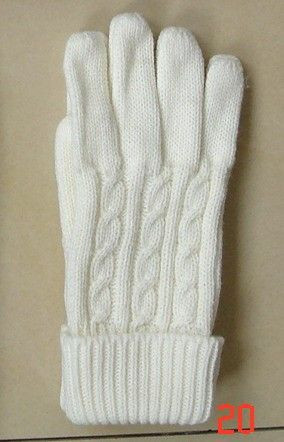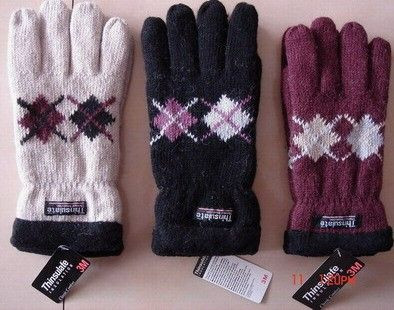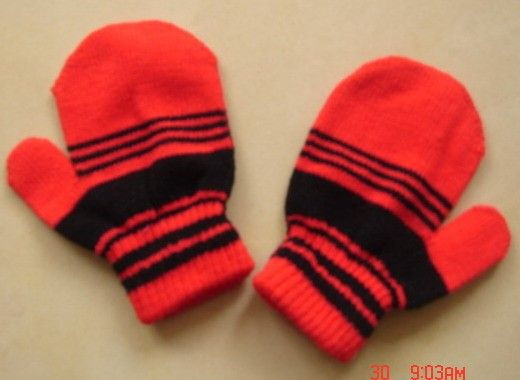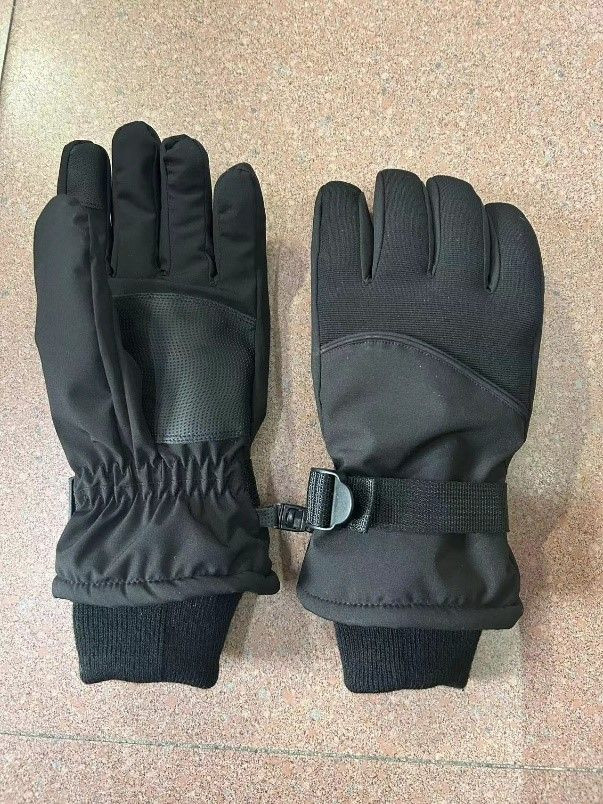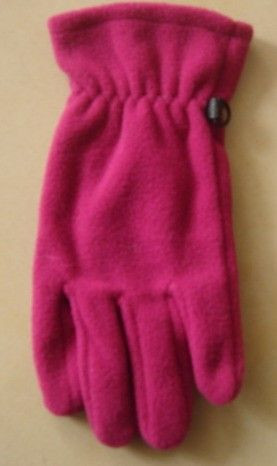
NANTONG SKYLAND CO. LTD.
NANTONG SKYLAND CO. LTD. HAVE BEEN MANUFACTURER AND EXPORTING FOR MORE THAN 20 YEARS.
View Details
NANTONG SKYLAND CO. LTD.
NANTONG SKYLAND CO. LTD. HAVE BEEN MANUFACTURER AND EXPORTING FOR MORE THAN 20 YEARS.
View Details
NANTONG SKYLAND CO. LTD.
NANTONG SKYLAND CO. LTD. HAVE BEEN MANUFACTURER AND EXPORTING FOR MORE THAN 20 YEARS.
View Details

About Us
NANTONG SKYLAND CO. LTD.
NANTONG SKYLAND CO. LTD. HAVE BEEN MANUFACTURER AND EXPORTING FOR MORE THAN 20 YEARS.
WE ARE LOCTATED AT NANTONG CITY JIANGU PROVINCE WHERE IS QUITE NEAR SHANGHAI ABOUT 100K.METERS.
WE MAINLY SUPPLY THE HATS/GLOVES/SCARVES AND OTHER ACCESSORIES PRODUCING IN OUR OWN FACTORIES AND THE PARTNER FACTORIES. CALL US TODAY TO GET STRATED.
Services

High Quality Production
With state of art production facility, we take pride in providing the quality of the highest standard guaranteed.

Lead Time Assurance
Our efficient production facility, ensures timely lead time for all the incoming orders.

Reliable Service
Excellent customer services is our main scope. We take special care of the customer experience.

Low Cost
With state of art production facility, we take pride in providing the quality of the highest standard guaranteed.
Products
Blogs
How to Choose Hats for Your Face Shape
Matching hats to facial shapes creates balance and harmony when your personality and outfits flow together. It's all about proportion and how the length and width of your face complement the dimensions and style of your hat. You should not be concerned before you even start because, in fact, there is not a single bad hat for any face shape. Nevertheless, some hat types are better at highlighting the features of certain face shapes than others, so it is useful to know your face shape and which hats make you look sophisticated and stylish on the streets. Deciding What Your Face Shape Is Before you even think of the hats you will buy or how to wear a hat, you should first find out about your face shape. Thus, you will be able to pick a hat that suits your features and, at the same time, improve your whole appearance. There are five main face shapes: oval, round, square, heart, and diamond, which are all shape names. To figure out your face shape, you need to start by pulling your hair back and looking at the shape of your face in a mirror. ● Oval: Faces that are longer than they are wide, made up of a slightly curved jawline and a flat forehead. This is the all-around face shape; most hat types will suit your features. ● Round: Faces as wide as long, with soft, curved features and no angles. Seek hats for round faces with a wide brim or a tall crown to make the head appear longer. ● Square: The faces that are more angular, for instance, with a strong jawline and forehead, are good. Seek for hats with a curved shape or a round crown to the softness of your face. ● Heart: The face that is the broadest at the forehead and narrows to the chin is the widest. Find hats with a narrow brim or a low-headed one to make your facial features unbalanced. ● Diamond: These are faces that are the biggest at the cheekbones and the smallest at the forehead and the chin. Try to choose hats with medium to wide brims to make your forehead wider and to give you a better balance of your features. Choosing the Right Hat Regardless of the hat, there are various factors to consider before making the decision. Apart from the face shape and personal style, one must also consider the color, material, fit, and occasion. ● Color: The color of your hat can greatly impact the whole look. If you're unsure which color to pick, you can start by observing the colors you usually wear. On the other hand, if you are quite a fan of neutrals, then a black or white hat will go well with your outfit. If you want to go for the brighter colors, a hat in a striking red or blue hat is for you. ● Material: Hats are crafted from many materials, such as cotton, wool, leather, and straw. The choice of material will be based on the season, the event, and your own style. For instance, a wool hat is appropriate for cold weather, whereas a straw hat is a great choice for summer. ● Fit: A properly fitted hat is essential for both comfort and style. When trying a hat, ensure that it is not too tight or loose and does not make your head uncomfortable. It is always a good idea to say that the hat should fit tightly on your head but not to the point that it leaves any marks or causes pain. The hat that is too big will slide off your forehead, and the one that is too small will be too tight and uncomfortable. ● Occasion: Finally, the occasion when you select a hat should always be considered. Do you need a hat to wear casually, or are you dressing up for a formal event? A baseball cap or beanie is the best for a casual day out. On the other hand, a fedora or beret can give you the feeling of sophistication when you put it on a dressier outfit. Which Hat Is the Right Hat for You? With the many considerations for a hat shape selection out of the way, let's examine the five different types of hat styles: Snapback: Snapback hats are classic, with a flat or curved brim and an adjustable snap closure at the back. They are famous in the streetwear and hip-hop scenes and are best for casual occasions. If you have a round or heart-shaped face, go for snapback hats with a slightly curved brim to balance your face. Strapback: Strap hats, or "dad hats," usually have a curved brim and are always equipped with an adjustable strap at the back. The hats are the favored choice for casual outfits and are ideal for everyday wear. If you have a square or diamond-shaped face, seek hats with a strap back that has a curved brim to make your features look softer. Flexfit: Flexfit caps are baseball caps with a stretchy band inside, which makes the cap comfortable and snug. These hats are widely recognized for sports and athletic activities but can also be used as casual wear. If your face is oval or round, try to find a flex-fit hat with a slightly curved brim to make your features look good. Trucker: Trucker hats, combined with a mesh back and a foam front with a curved brim, are considered classic and stylish. They were first invented for truck drivers but later became famous in the fashion world. If you have a round or heart-shaped face, then you should go for trucker hats with a tall crown that will make your face look longer. 5-Panel: 5-panel hats are a well-liked type of fashion with a flat brim and five sections that form the top of the hat. These hats are common in streetwear and skateboarding and are the perfect choice for casual outfits. If you have a square or diamond-shaped face, wear a 5-panel hat with a slightly curved brim to make your face look good. Conclusion A good hat can be a great asset to your style; thus, investing in a good one can be a game-changer. The right hat will enable you to add a little bit of your own style and a bit of practicality to any everyday dress. Nevertheless, to gain the maximum benefit from your needs, you should choose from a variety of hats that flatter your face shape and conform to your style.
Winter Gloves Buying Checklist
If you must work outdoors during the year's cold season, you need a specially made pair of gloves. That's right, your hands can encounter various extreme conditions ranging from freezing temperatures to heavy rain, sleet, or even snow. Therefore, durable gloves are vital to be helpful in these colder months. This article provides guidelines for selecting the best material for winter gloves for the cold weather winter season. Why Do We Need to Wear Winter Gloves? It does not matter whether you are engaged in gardening, construction, warehousing, and logistics or performing handiwork; winter provides an extra wrinkle as you strive to keep your hands safe. Wearing your regular gloves on harsh, cold workdays may not be enough to protect you from the hazards and harsh conditions you'll face. Your hands could suffer from numbness, limited finger movement (especially if your work requires precision), and an inability to hold certain instruments or equipment. In the worst temperatures, frostbite is a real risk. It's clear that winter gloves are not just a luxury; they're a necessity. Deciding on the perfect winter industrial work gloves when exposed to cold means picking gloves that will keep hands warm, dry, and protected from the risks and hazards of the industrial environment. We will cover all tips on picking the best winter gloves to see you through any climatic condition. How To Pick The Most Appropriate Winter Gloves. There are three broad categories of jobs that workers' hands encounter in the workplace: logistics, construction, infrastructure maintenance, etc. Selecting an excellent pair of work gloves is demanding - one should look at every possible risk - for winter if your hands are exposed to wet and cold situations. You will encounter sharp instruments and machines, wet workplaces, and abrasive materials. You will also need gloves that are fit for different tasks and offer protection against other potential hazards like slippery surfaces or cold. Depending on your profession and intended use, the following are some considerations for selecting the best warmest winter gloves: Thermal Protection: You don't need your regular work gloves this winter to stop your hands from getting cold, as they cannot serve as a suitable thermal barrier. Thermal gloves are the best winter gloves because they warm the hands up instead of insulating, which enables the hands to work comfortably and do their best. This pair of gloves will be equipped with thermal insulation that is useful for cold conditions, thereby protecting the hands from numbness, stiffness, and the risk of frostbite. Some winter warmest materials for gloves can provide thermal insulation or heat protection due to the touch. Heat and weather hazards determine which pair of thermal gloves are highly protective of warmth and cold ranges and are said to be the best to use. Water Resistance: During the cold seasons, it is not only necessary to remove the snow but also to deal with the heavy rainfalls that pass before leaving the ground frozen. Moreover, wet hands can get irritated, and if the condition is not promptly dealt with, they could also suffer from insensitivity to touch and dermatitis. It is advisable to wear waterproof gloves in winter, as they block the entry of any wet elements during the cold and rainy season. Coatings like dual nitrile coating, for instance, ensure excellent water resistance, keeping hands warm and dry. Also, hands are protected from a variety of threats. Cut, Tear, and Abrasion Resistance: Protecting hands from cold weather is not just about getting a pair of warm mittens; it involves many factors. Certain types of work gloves are designed to offer protection from the various dangers in the workplace, including sharps and abrasive materials. The winter gloves provide additional abilities like anti-tear capacities, coarse abrasion resistance, and cut resistance. Follow the guidelines on the glove's manufacturer's website regarding the cut, tear, and abrasion resistance it offers, using the EN388 standard as a cut resistance rating scale. Flexibility: Warmer gloves may be unhandy and inflexible, making some tasks challenging. In this case, winter gloves should be chosen to ensure your satisfaction by giving you the agility and flexibility you need. Comfort: The comfort factor should be considered a priority during the selection process for optimum use of winter gloves. Furthermore, fatigued and depressed hands are unable to perform at the optimum rate. This results in downtime in production and can also become painful or bruised. One should opt for seamed liners that reduce risks of irritations; wrists made of knit so there will not be a dust particle ingress nor temperature rise, comfort worn and excellent dexterity; and think of breathable liners that do not produce any irritation when there is sweating. Mitten vs Gloves Among the most important things one should consider while in winter sports is choosing the best winter mittens or finger gloves, which directly impact whether your hands are warm and comfortable. Mittens are fairly qualified because of the shape that screens all fingers together, resulting in the shared warmth from the inner space. Similarly, it is an ideal solution for the cold or those with circulation problems. However, they feel less safe when it interferes with participation in some activities. However, the number of professionals using them is increasing, and they are sold with a promise of great comfort and high performance. They are the perfect choice not only for adults but also for children, offering ideal thermal protection additionally combined with the best simplicity to wear. The gloves guarantee better dexterity than the suits and are much easier to use, with no need to remove them to perform some tasks. These mittens are much more popular among specialists who need high sensory responsiveness; for instance, they often use them to operate technological devices. Conclusion: Winter does not equal "cold hands." This is where we have covered the key elements of choosing the best winter hand gloves for protection. Gloves are not only about keeping your fingers warm; they can also help you find the ones that fit the best, match your wardrobe, and make your winter outfit better overall. These steps will help you choose winter hand gloves that fully satisfy your needs and keep you warm enough. Pay close attention to size, insulation, material, and other items that best fit your requirements.

